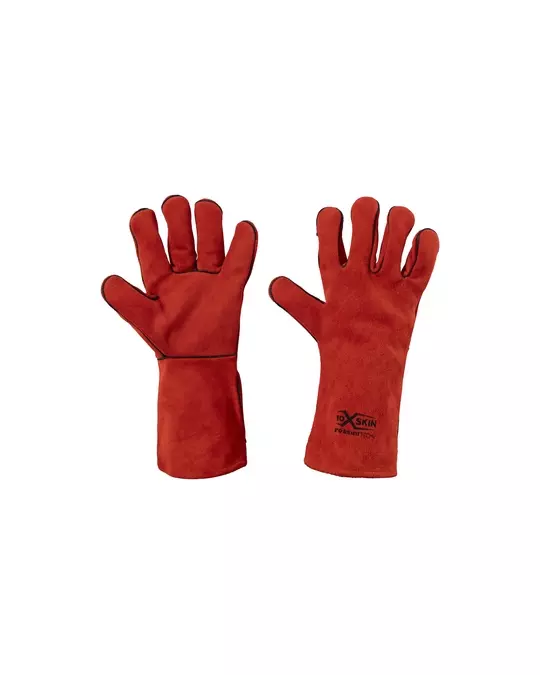
Features You'll Love

Cuff Style · Open
Determines how the glove secures around the wrist, affecting fit, protection from debris, and ease of putting gloves on and taking them off.
Rossini
Welder's Heat-Resistant Cowhide Leather Glove, Fully Lined, Kevlar® Seams, 6 pairs
Welder's Heat-Resistant Cowhide Leather Glove, Fully Lined, Kevlar® Seams, 6 pairs
4.8 / 5
49,61 €
Price per 6 pairs
8,27 € / pair
Choose size
Shipping fee is 7,94 € for orders under 80,00 €
Features You'll Love

Cuff Style · Open
Determines how the glove secures around the wrist, affecting fit, protection from debris, and ease of putting gloves on and taking them off.
Product description
Professional welding gloves crafted from premium cowhide split leather, featuring a one-piece back design and full interior lining for enhanced protection and comfort. These heavy-duty gloves incorporate reinforced seams and extend to 35 cm in length, ensuring comprehensive coverage during welding operations.
Product Features:
- Premium cowhide split leather construction
- One-piece back design
- Full interior lining
- Reinforced seams
- 35 cm length for extended protection
Recommended Applications:
- Professional welding operations